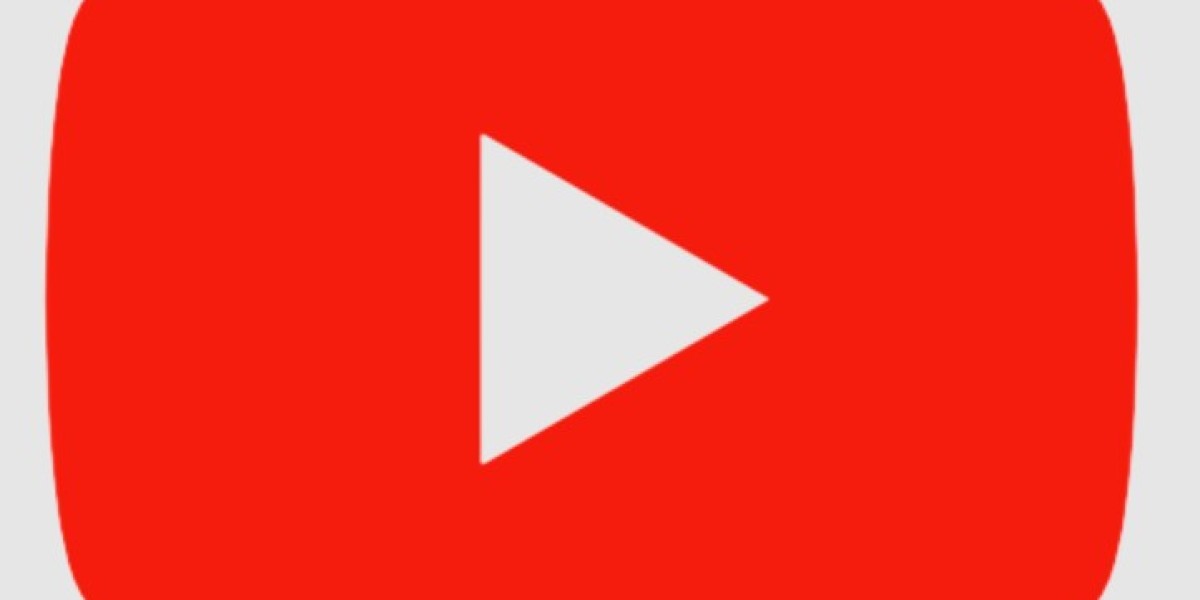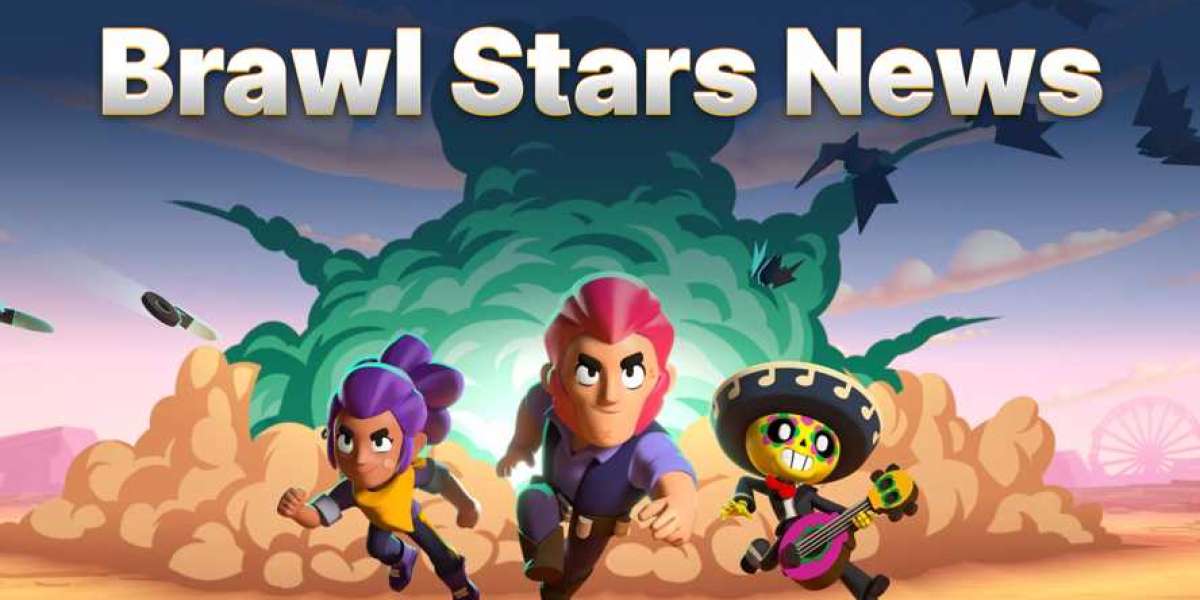What Is YouTube Premium, and Why Is It Being Bypassed?
YouTube Premium, introduced in 2015 (originally as YouTube Red), is a subscription service offered by Google that removes ads from videos, allows background playback on mobile, enables video downloads, and includes access to YouTube Music Premium. For users in many regions, the service costs around $11.99/month.
Yet, despite its benefits, not everyone is willing—or able—to pay. Many users are seeking out YouTube Premium Mods, which are unauthorized versions of the app that deliver these same premium features at no cost.
These modded apps aren’t available through official app stores and must be downloaded via APK files, making them accessible mostly to Android users. Among the most well-known were YouTube Vanced, which was discontinued in 2022, and its successors like ReVanced, NewPipe, and LibreTube.
What Features Do YouTube Premium Mods Offer?
Most YouTube Premium Mods offer functionality that mirrors or even enhances what Google provides in its paid tier. Typical features include:
Ad-free video playback
Background play (audio continues after minimizing the app)
Offline video downloads
Picture-in-picture mode
SponsorBlock integration (skips sponsored segments in videos)
Theme customization
Dislike button restoration
Increased privacy controls
These features are especially attractive to heavy YouTube users, content consumers in developing countries, and privacy-conscious individuals.
The Growing Demand for Modded Apps
The demand for modified YouTube apps is part of a wider shift in how users perceive digital content. Several key factors are driving this trend:
1. Ad Saturation
YouTube has become more aggressive in its advertising model. Users now face pre-roll, mid-roll, banner, and even unskippable ads. This excessive ad load leads to frustration, especially among users who don’t wish to pay for Premium or can’t justify the cost.
2. Global Economic Divide
In many countries, the price of YouTube Premium can be disproportionately high compared to average incomes. In such contexts, modded apps represent not just convenience, but accessibility.
3. Subscription Fatigue
With nearly every platform—from streaming services to productivity tools—moving toward a monthly subscription model, consumers are reaching a saturation point. Many are beginning to resist the constant monetization of their attention.
4. Customization and Control
Official apps tend to limit user control over layout, playback, and features. Modded apps often offer more control and personalization, attracting power users who want a more refined experience.
The Ethical Dilemma
There is no denying the moral gray area of using YouTube Premium Mods. On one side is the argument for fairness—that content creators and platforms should be compensated for their work. YouTube’s ad revenue and Premium subscriber base are key ways that creators earn a living.
On the other side are users who feel that ads have become overly invasive, data collection is excessive, and the cost of digital content has outpaced its value.
So who’s right?
That depends on where one draws the line between fair access and fair compensation. It also depends on how people define digital ownership in a world where platforms own the content, the infrastructure, and the experience.
Security Concerns and Risks
The appeal of modded apps is strong, but so are the risks. Because these apps are not hosted on official platforms like the Google Play Store or Apple’s App Store, they don’t undergo standard security checks. This opens the door to a number of issues:
Malware infections
Data harvesting
Phishing risks
Account bans or suspension
Loss of functionality after app updates
Even well-maintained mod projects like ReVanced warn users not to log into their Google accounts within the app due to potential security vulnerabilities.
While many users report positive experiences, others have had devices compromised or accounts flagged, illustrating the real trade-offs between convenience and safety.
Legal and Platform Response
Google has not taken aggressive legal action against individual users of these mods, but it has successfully pressured developers and hosting platforms to shut them down. The discontinuation of YouTube Vanced, for instance, followed a cease-and-desist letter from Google’s legal team.
YouTube’s Terms of Service clearly prohibit the use of modified or unofficial versions of its app, especially those that bypass ads or Premium features. Continued use of such mods could theoretically result in account termination, although enforcement has been rare to date.
Are There Safer, Legal Alternatives?
For users seeking better YouTube experiences without breaking rules, there are several legitimate options:
Try a free trial of YouTube Premium—most accounts are eligible for at least one.
Use YouTube’s student or family plans—which significantly reduce cost per user.
Install ad blockers on desktop browsers—though this too can impact creator revenue.
Use alternative front-ends like NewPipe, which do not access Google services directly and emphasize privacy.
Support creators directly through Patreon, Super Chats, or merchandise if you choose to block ads.
These options offer varying levels of privacy, legality, and user control without the risks associated with third-party APKs.
The Bottom Line: Control vs. Compliance
The popularity of YouTube Premium Mods reflects more than just a desire to skip ads. It symbolizes the ongoing tug-of-war between corporate control and consumer autonomy. Users are increasingly asking: “Why should we have to pay to remove ads from content we already watch for free?”
Whether these modded apps are a form of digital rebellion or simply a tool for economic accessibility, they’re part of a broader conversation about how we experience the internet—and who gets to control that experience.
In the end, YouTube Premium Mods are not just about getting something for free. They’re about users asserting their preferences in a world where every scroll, click, and view is tracked, monetized, and managed.








